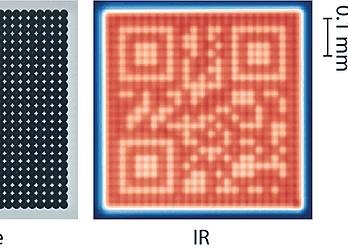Cloaking used to be one of my favorite SciFi themes. James Bond supercars that would show up or disappear instantly at the flick of an alarm key, the hallow man, objects rendered completely invisible to the human eye and lost in the surroundings. I say used to be because spatial cloaking has transcended for some time now in the realm of reality, after researchers successfully created an invisibility cloak from metamaterials. Cornell University physicists have taken this concept, however, to a whole new level – temporal cloaking.
Remarkably, the Cornell scientists managed to basically create a wrinkle in time in which, albeit for a trillionth of a second, any objects that passed through it became invisible and events went unrecorded. Now this is far from being magic, of course, and like spatial cloaking, the time cloak experiment is based on the same principles of physics which discuss the manipulation of light.
Its hard to find a working analogy, but you could view this as a video tape with a missing frame, only that missing millisecond in video isn’t lost in the time cloak experiment, but hidden – physical information can never be lost, maybe except for black holes.
The team of researchers used a system of two half time-lenses connected with one another at their tips, thus forming a split time lens. A continuous beam of green light was fired from a laser which became slowed down when it passed through the first half lens, and sped up when it went through the second – a 50 picosecond gap in the beam was thus opened. During this exact window the researchers shot a stream or red light though through fiber optical cables thinner than a human hair which went on to be undetected.
You kind of create a hole in time where an event takes place,” said study co-author Alexander Gaeta, director of Cornell’s School of Applied and Engineering Physics. “You just don’t know that anything ever happened.”
“We think of time in the way that other people think of space. What other people are doing in space, we can do it in time,” said Moti Fridman, a researcher at the School of Applied and Engineering Physics at Cornell University .
“I think it’s a big step forward,” said Vladimir M. Shalaev, a professor of electrical and computer engineering at Purdue University, who has worked on spatial cloaking. “It’s another example of the beauty of ‘transformational optics,’ which is behind all these ideas.”






